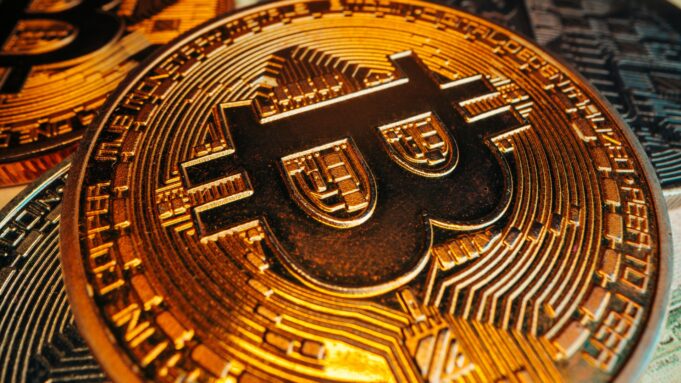Bitcoin is the world’s first decentralized digital currency, which has gained significant attention from investors, speculators, and users alike. The decentralized nature of Bitcoin eliminates the need for intermediaries, like banks, to facilitate transactions, making it a revolutionary alternative to traditional financial systems. The security of Bitcoin’s blockchain technology, which records all transactions, is maintained by miners who are rewarded with Bitcoin for verifying transactions. This process is known as mining and is instrumental to the functioning of the Bitcoin network. The reward for mining is known as the block reward, and it has a crucial impact on the adoption of Bitcoin by users.
The block reward is the incentive given to miners for validating transactions on the Bitcoin network. The block reward is currently 6.25 BTC, and it is reduced by 50% every four years, a process known as halving. The first halving occurred in November 2012, and the most recent one occurred in May 2020. The halving is significant because it reduces the rate at which new Bitcoins are created, which in turn affects the supply of Bitcoin available in the market. The reduction of the block reward has a direct impact on the miners’ profitability, and it affects the overall health of the Bitcoin network.
The block reward plays a crucial role in shaping the adoption of Bitcoin by users. The reward incentivizes miners to validate transactions and maintain the security of the network. The block reward provides an economic incentive for miners to invest in the necessary hardware and infrastructure required to mine Bitcoin. It also ensures that the network remains secure, as miners are motivated to act in the best interest of the network to receive the block reward.
The block reward also impacts the supply of Bitcoin in the market. The reward is the primary mechanism for introducing new Bitcoins into circulation, and its reduction affects the rate at which new Bitcoins are created. The reduction of the block reward decreases the supply of Bitcoin, which affects the price of Bitcoin. The decrease in the supply of Bitcoin increases the scarcity of the asset, making it more valuable. This scarcity is a significant factor in the adoption of Bitcoin as a store of value and an investment asset.
The block reward has a direct impact on the profitability of miners. The block reward represents a significant portion of miners’ revenue, and its reduction affects their profitability. The reduction of the block reward increases the cost of mining, as miners need to invest in more powerful hardware to remain profitable. This increase in the cost of mining can lead to a decrease in the number of miners, which affects the security of the network. A decrease in the number of miners reduces the computational power of the network, making it easier for attackers to launch a 51% attack. A 51% attack is when a single entity controls more than 50% of the network’s computational power, allowing them to manipulate the blockchain.
The block reward affects the adoption of Bitcoin by users in several ways. The reduction of the block reward increases the scarcity of Bitcoin, making it more valuable as a store of value and an investment asset. This scarcity also incentivizes users to hold onto their Bitcoin rather than spend it, which affects the adoption of Bitcoin as a means of payment. The decrease in the number of miners due to the reduction of the block reward can lead to a decrease in the security of the network, which affects the trust users have in the Bitcoin network.
In conclusion, the block reward is a crucial factor in the adoption of Bitcoin by users. The reward incentivizes miners to validate transactions and maintain the security of the network. The reduction of the block reward affects the supply of Bitcoin, which impacts the price of Bitcoin and its adoption as a store of value and an investment asset. The block reward also affects the profitability of miners, which affects the security of the network. The impact of the block reward on the adoption of Bitcoin by users is complex and multifaceted, and its importance cannot be overstated. As the Bitcoin network continues to evolve, the impact of the block reward on user adoption will continue to be a significant factor in its success.

























